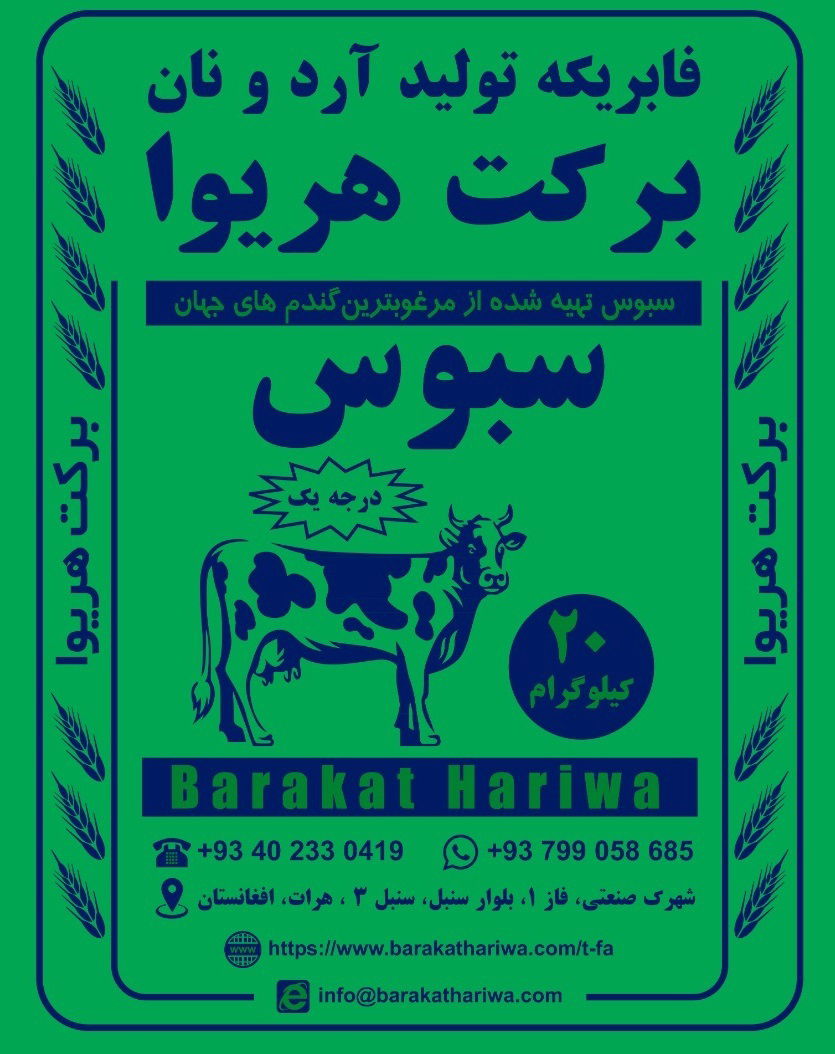bran

Wheat bran is the outer layer of the wheat kernel, removed during milling. Although it is often considered a byproduct, wheat bran is rich in fiber, minerals, and B vitamins, and its nutty flavor enhances baked goods such as bread and muffins.
Key Benefits:
- Supports digestion with insoluble fiber
- May reduce risk of colon and breast cancer
- Promotes heart health by lowering cholesterol
- Low in calories, high in nutrients